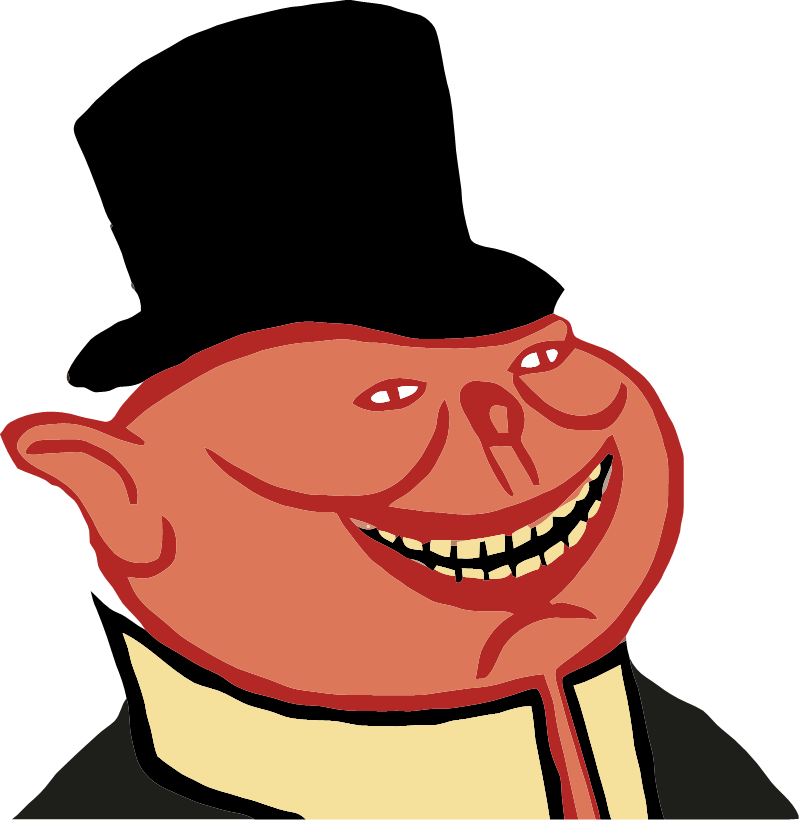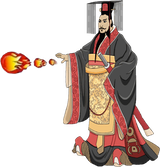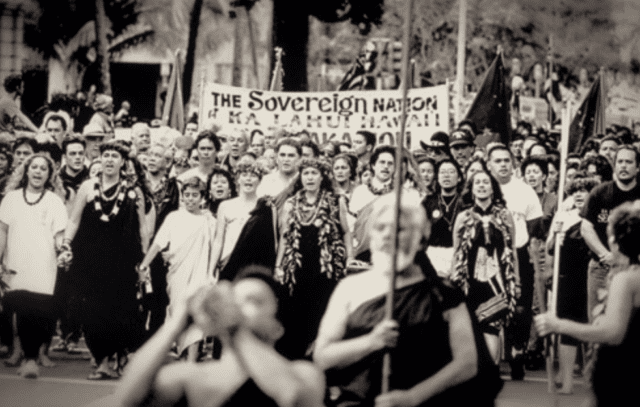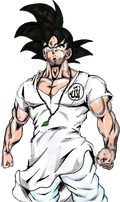On Jan. 17, 1893, Hawaii’s monarchy was overthrown when a group of businessmen and sugar planters forced Queen Liliuokalani to abdicate. The coup led to the dissolving of the Kingdom of Hawaii two years later, its annexation as a U.S. territory and eventual admission as the 50th state in the union.
The first European contact with Hawaii was made in 1778 by Capt. James Cook. In the 19th century, traders and missionaries came to the islands from Europe and the United States. They often opposed the Hawaiian monarchy, favoring instead a British-style constitutional monarchy where the monarch held little power.
In 1874, David Kalakaua became king and sought to reduce the power of the white Missionary Party (later Reform Party) in the government. In 1887, angered by King Kalakaua’s extravagant spending and his attempts to dilute their power, a small group of Missionary Party members, known as the Hawaiian League, struck back against the king.
Led by Lorrin A. Thurston and Sanford B. Dole, the Hawaiian League drafted a new constitution that reduced the power of the king and increased the power of the cabinet and Legislature. It also extended voting rights to wealthy noncitizens, while excluding Asians and restricting access for native Hawaiians through land-owning and literacy provisions. Backed by a militia, the group used the threat of violence to force King Kalakaua to sign the constitution, which became known as the Bayonet Constitution.
King Kalakaua died in 1891 and was succeeded by his sister, Liliuokalani, who proposed a new constitution that would restore powers of the monarchy and extend voting rights for native Hawaiians. The queen’s actions angered many of Hawaii’s white businessmen, who formed a 13-member Committee of Safety with the goal of overthrowing the monarchy and seeking annexation by the United States.
The Jan. 29, 1893 edition of The New York Times recounted the events of the coup. On Jan. 16, Hawaiian Marshal Charles B. Wilson attempted to arrest the committee members and declare martial law, but his attempts were turned down by other government officials who feared violence. The next day, after a police officer was shot and wounded trying to halt the distribution of weapons to the Committee of Safety’s militia, the committee decided to put its coup into action. Near the queen’s ʻIolani Palace in Honolulu, the committee’s militia gathered and were joined by 162 U.S. Marines and Navy sailors who were ordered by John L. Stevens, U.S. Minister to Hawaii, to protect the committee. The queen surrendered peacefully to avoid violence.
The Committee of Safety established a provisional government headed by Mr. Dole. U.S. President Grover Cleveland opposed the provisional government and called for the queen to be restored to power, but the Committee of Safety established the Republic of Hawaii and refused to cede power. In 1895, Hawaiian royalists began a coup against the republic, but it did not succeed. Queen Liliuokalani was arrested for her alleged role in the coup and convicted of treason; while under house arrest, the queen agreed to formally abdicate and dissolve the monarchy.
In 1898, the United States annexed Hawaii. Hawaii was administered as a U.S. territory until 1959, when it became the 50th state.
Hawaiian scholar Dr. Keanu Sai has written about the illegality of the U.S. occupation and annexation, citing an 1893 Executive Agreement between President Grover Cleveland and Queen Lili'uokalani. On June 1st, 2010, Sai filed a lawsuit against President Obama on this basis, demanding the restoration of the Hawaiian Kingdom government.
An Act of War of Aggression: United States Invasion of the Hawaiian Kingdom on August 12, 1898

Jan. 17, 1893 | Hawaiian Monarchy Overthrown by America-Backed Businessmen

Speaking Truth To Power- Investigating The Illegal U.S. Military Occupation Of The Hawaiian Islands 

Meet the native Hawaiians fighting U.S. occupation | AJ+

Megathreads and spaces to hang out:
- 📀 Come listen to music and Watch movies with your fellow Hexbears nerd, in Cy.tube
- 💖 Come talk in the New Weekly Queer thread
- 🔥 Read and talk about a current topics in the News Megathread
- 🐱👤 Come talk in the New Weekly PoC thread
reminders:
- 💚 You nerds can join specific comms to see posts about all sorts of topics
- 💙 Hexbear’s algorithm prioritizes comments over upbears
- 💜 Sorting by new you nerd
- 🌈 If you ever want to make your own megathread, you can reserve a spot here nerd
- 🐶 Join the unofficial Hexbear-adjacent Mastodon instance toots.matapacos.dog
Links To Resources (Aid and Theory):
Aid:
Theory:




I found a YouTube link in your comment. Here are links to the same video on alternative frontends that protect your privacy:
I gotta agree, my friends dumped the show on me because they assumed I'd love an anime with a more grounded historical backdrop (since I am the resident Legend of the Galactic Heroes enjoyer). But ngl the anime tropes clashed horribly with the setting for me. A while ago I got into reading what sources I could find about the people who perpetrate the violence the show is about (11th to 15th century mercs, raiders, marauders, etc), and to me at least, it seemed like none of them demonstrated any of the stoic respectable strongman nonsense anime is built around. If they did, it was a paper thin facade plastered over an inner personality that was just as venal and without courage as the cretins in their bands.
As an anime it's not bad, I admit, perhaps even above average, but man I could not get over that stuff. Every time some brooding commander would raise his hand to kill innocents, his face hidden, his soul riven by the grim but necessary deed, I wanted to shout "BULL SHIT they LOVED doing it!"
I liked Canute's revelation of God and the true meaning of love. Shame he didn't go back to Denmark and build Legos though.
I didn't get far enough for that, but I'm sure it has its moments. Again though I kept thinking I'd have liked it more in a fictional setting inspired by the historical period.
What made Vinland Saga interesting to me was Thorfinn's character arc as an interesting examination on the futility, emptiness, and chaos of living for a life of vengeance and retribution.
The anime wasn't really for me either.
I didn't watch the anime except for that episode because that was my favorite part of the early manga. And since I read the manga a while back during its initial release, it flowed much faster. The manga did have some author-commentaries detailing how much he hated the Norse/Viking culture too.
What I found interesting about Vinland Saga is that it seems to be one of the few stories in anime that has fleshed out story, characters, and themes. No doubt it's interesting to people who come across it because no one seems to read anymore and discover entire stories, sagas, and series that have those detailed and vivid qualities found in exceptional literature.
It's more from the Sagas and books like the Havamal than actual history.